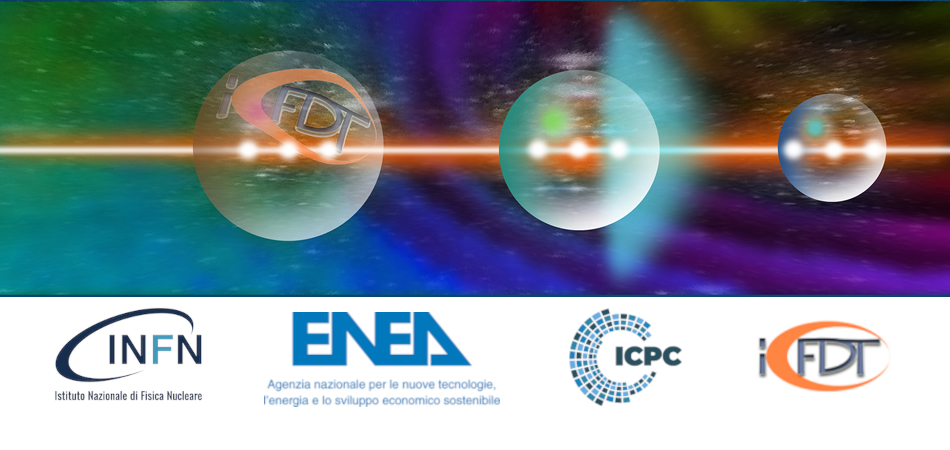Speaker
Description
M. Scholz1*, U. Wiącek1, K. Drozdowicz1, A. Jardin1, U. Woźnicka1, A Kurowski1, A. Kulińska1, W. Dąbrowski2, B. Łach2, D. Mazon3, V. Gerenton4
Measuring fusion neutron spectra can give important information on ion fuel ratio and ion temperature, which are the goals of the High-Resolution Neutron Spectrometry (HRNS) on ITER [1]. This role is foreseen to be fulfilled by the HRNS system, comprising a set of different neutron spectrometric technique with distinct operation range: Time-of-Flight (ToF), diamond detectors and thin-proton recoil (TPR) with dE-E silicon detectors [1]. The concept of performing TPR neutron spectroscopy with a gas electron multiplier (GEM) detector coupled with a polyethylene converter, so-called NS-GEM, has recently been proposed in [2].
Based on the simulation results, the concept of the NS-GEM spectrometer was developed, and a detailed detector design was prepared, starting with a standard 3-stage GEM detector. A detector model for GEANT4 simulation was built and extensive Monte Carlo simulations with appropriately large statistics were performed. The simulation results allowed us to evaluate the energy resolution of our demonstration detector, considering the following issues: recoil proton generation efficiency, recoil proton scattering in the converter and detector, proton energy losses in the converter and detector. By taking these effects into account, we can generate dE/dx calibration curves as a function of the initial energy of the recoil protons.
The simulation results clearly show that the converter thickness is a critical parameter affecting the neutron energy resolution. The thickness of the converter should be kept below 0.5 mm and preferably around 0.1 mm, although a thinner converter means lower recoil proton production efficiency. In parallel with modeling the detector response, work on the detector design was carried out. The NS-GEM detector together with the electronic readout system and the detector polarization system were transported to the Institute of Nuclear Physics and assembled in the IGN-14 generator. The detector and collimator were aligned and positioned in front of the tritium target. Based on this experimental set-up the preliminary measurements were carried out.
[1] M. Scholz et al. (2019) Nucl. Fusion 59, 065001
[2] M. Scholz, et al., JINST 18 (2023) C0500

